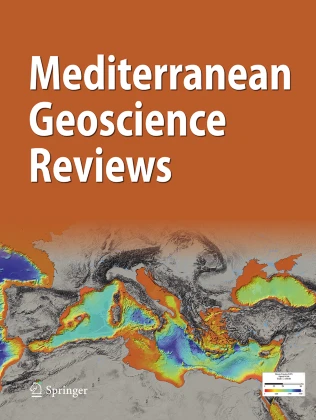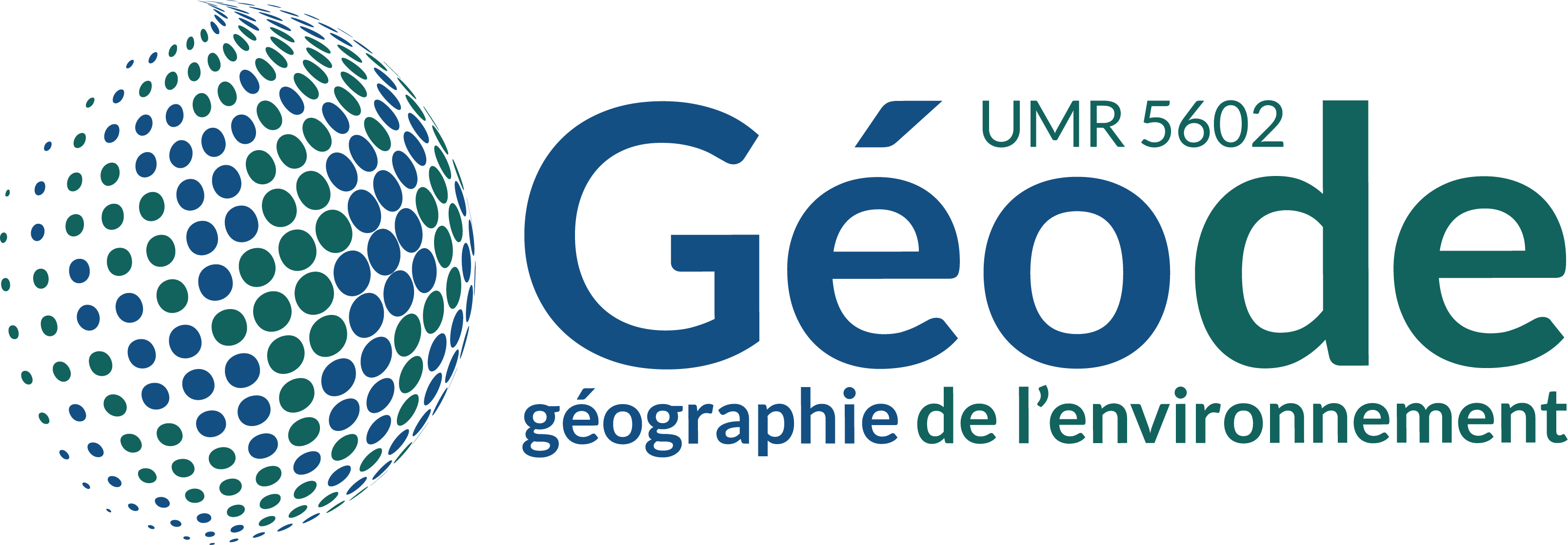-
Partager cette page
Holocene glacier evolution in the Pyrenees based on 36Cl cosmic-ray exposure dating (Troumouse Cirque, Pyrenees National Park)
Article coécrit par Emmanuel Chapron
Publié le 2 juillet 2025 – Mis à jour le 2 juillet 2025
Cette étude établit la première chronologie robuste des glaciers holocènes des Pyrénées en datant quatre moraines, révélant notamment une avancée glaciaire inédite il y a 7 800 ans, probablement liée à l’événement froid de 8,2 ka, et explore ses implications climatiques et archéologiques.

While the Late Glacial evolution of Pyrenean glaciers is rather well-known, Holocene glacier behavior is much less constrained, except for the Little Ice Age period. In this study, we attempt to bridge this knowledge gap by dating four moraines in the Western-Central Pyrenees using in situ chlorine-36 cosmic-ray exposure dating of moraine boulders. Ages of 11.2 ± 1.5 ka, 7.8 ± 1.1 ka, 3.0 ± 0.6 ka and 972 ± 208 yr were obtained, constituting the most robust directly dated Holocene glacier chronology in the Pyrenees. The moraine age of 7.8 ± 1.1 ka (n = 5) is a novel finding as no evidence for significant contemporary glacial advance exists at any other site in the Pyrenees or in the Alps/elsewhere in Europe. We tentatively link this moraine to the 8.2 ka cold event. We propose a paleoclimatic interpretation of this Holocene glacial evolution, in conjunction with the radiocarbon ages from nearby peat bog cores. Further, we hypothesize on the role of Mid-Holocene warm periods on the melting of permafrost within rock glacier complexes and how they translate into peat bog deposits in the vicinity of the moraines. Finally, based on archeological evidence (construction and ceramic remains) collected in the center of Troumouse Cirque, the possible influence of its glacier variability on first human settlements in the region is discussed.
Article disponible sur le site https://link.springer.com/





